Picture this: Your product launches to crickets. Zero buzz. No waiting customers. Just you, refreshing your sales dashboard, wondering where everyone is.
Now, imagine the opposite: Launch day arrives, and you already have a line of eager customers ready to buy. Your inbox fills with orders, your social media explodes with excitement, and your first day sales exceed your wildest expectations.
The difference? A strategic pre-launch campaign that builds anticipation months before your big reveal. Effective prelaunch campaigns transform day-one sales from zero to significant by building anticipation and creating a pool of ready buyers before launch day.
Additionally, these campaigns provide invaluable market testing grounds to refine your product, messaging, and marketing strategy before your official launch.
Why Are Prelaunch Campaigns Important?
A pre-launch campaign offers three key opportunities:
- Present your vision to the world – Introduce your brand story and value proposition to your target market, setting expectations and building interest.
- Test market interest – Gather early adopters (people who love trying new products first) and gauge potential demand through pre-launch market research, which provides critical insights without the pressure of a full launch.
- Collect valuable feedback – Refine your product based on real user insights, allowing you to address potential issues before your upcoming launch.
The best pre-launch marketing determines whether you’ll have crickets or crowds on launch day. Companies often focus exclusively on product development, forgetting that a successful launch requires connecting with their target audience before the big reveal.
What’s in Store for Early Adopters?
This is an important question when developing pre-launch marketing strategies. Your early supporters need compelling reasons to join before everyone else. Here are proven options:
Discounts
Offering special pricing for early supporters is straightforward but effective. Early bird pricing creates urgency and rewards those willing to commit before seeing the final product. Many successful pre-launch campaigns include tiered pricing that increases as the launch date approaches, motivating early commitment.
Extended product features
Consider providing premium features at no extra cost, similar to how Dropbox offered extra cloud storage for referrals. If you’re running a subscription-based business, give early supporters access to higher-tier plans even if they purchase lower-tier options. This approach creates premium editions or special iterations that add exclusive value for your first customers.
Early access
FOMO (Fear Of Missing Out) is a powerful psychological driver in pre-launch marketing.
A staggering 56% of adults admit that FOMO impacts their media usage habits. Marketers can harness this by creating an impression of exclusivity through waitlists and limited early access opportunities.
Robinhood demonstrated how powerful early access can be when they invited people to try their app before anyone else could. Rather than just collecting email addresses, they tapped into people’s desire to be the first to experience something new.
This smart pre-launch marketing got them noticed on popular tech sites like Hacker News and helped them build a huge community of users even before their official launch day.
How Can You Do It for Your Business?
Setting up an ambassador referral marketing program is an excellent start for your pre-launch marketing strategy.
A Milestone Referral template works particularly well for pre-launch campaigns and can help incentivize supporters to spread the word.
Here’s how it works:
- Participants join your Milestone Referral campaign – They sign up through your landing page and receive a unique referral link to share with friends and family.
- They reach milestones by referring friends – Each person they bring to the campaign counts toward their milestone goals, creating a gamified experience that encourages sharing.
- Each milestone unlocks different rewards – Early access dates, exclusive features, or special pricing becomes available as participants hit different referral thresholds.
For example, participants who refer just five friends might get access in late June, while those bringing 25+ referrals get first early access on May 1st. This approach creates excitement that participants proudly share, as they’re motivated to achieve higher status within your campaign.
To test it out for yourself, sign up for a free trial today. It’s easy to create, we promise you.
Your 12-Step Pre-Launch Strategy Roadmap
Let’s ensure your pre-launch strategy sets you up for a triumphant launch rather than disappointment.
Here’s your comprehensive roadmap:
1. Find your Message
In his popular TED talk, Simon Sinek explains the difference between companies that focus on what they do versus those that understand why they do it. Do you have a clear idea of your “why,” and are you communicating it effectively to your target market?
When faced with similar products, potential customers make decisions based on instinct and emotional connection rather than logical assessment.
Your messaging should appeal to hearts, not just minds. Position yourself in a way that builds trust and emotional connection with potential customers who will be ready to buy when you launch.
2. Build a compelling pre-launch landing page
Your landing page is your product’s digital storefront and first impression. Make it count with a clear value proposition that communicates your unique benefits to potential customers.
Include strategic CTAs (calls-to-action) placed thoughtfully throughout the page, but avoid overwhelming visitors with too many options.
Engage visitors with compelling visuals or videos that showcase your offering in an authentic, attractive way.
A short demonstration video can significantly increase conversion rates compared to static images alone. Consider adding exit-intent popups to capture visitors before they leave, but remember that less is more—remove anything that might distract from conversion.
Keep your message focused on the problem your product solves and include an email signup form that’s impossible to miss.
Your landing page should clearly communicate your value proposition and include compelling visuals that create excitement about what’s coming.
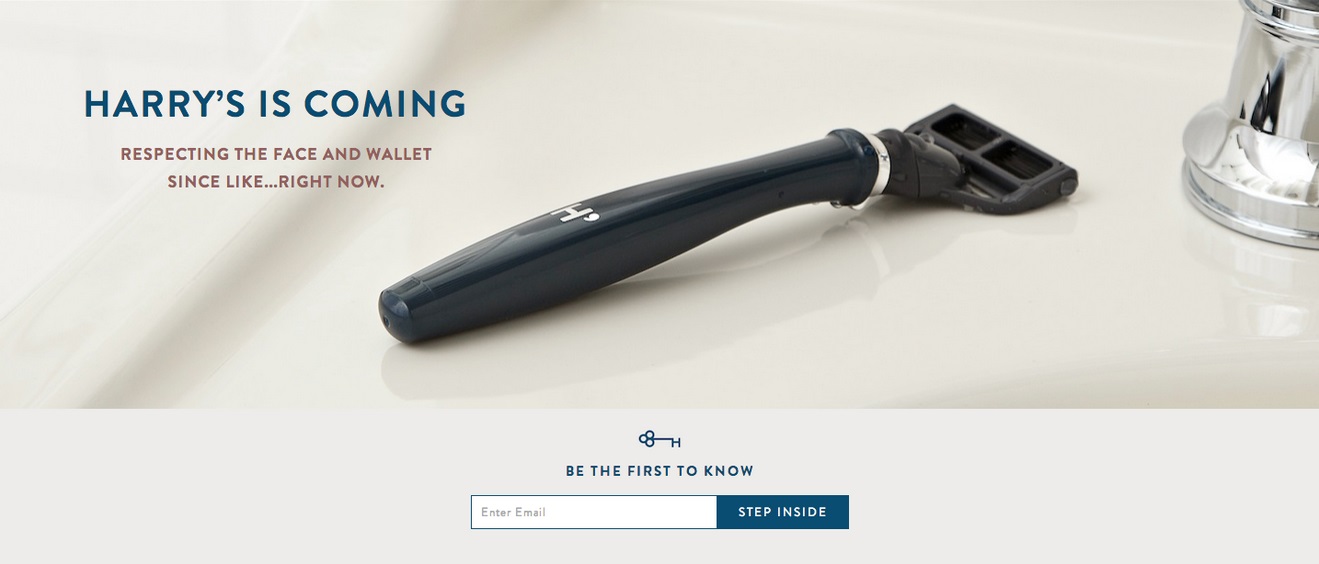
Include a “Thank You” page with sharing options to expand your reach organically.
The Robinhood team gathered over a million pre-launch users through their effective landing page design, demonstrating how powerful this approach can be when executed properly.
Customize your landing page with welcoming banners for visitors from different referral sources. This personalization acknowledges how they found you and can significantly increase conversion rates by creating a more tailored experience.
A pre-launch marketing banner might thank the referrer while offering the new visitor a special incentive to join your waitlist. This approach not only improves conversion but reinforces the community aspect of your campaign.
3. Listen to your market
Don’t assume you know what’s best for your customers. Instead of building what you think they want, engage in thorough pre-launch market research by asking them directly what they need. This research provides invaluable insights that can significantly impact your product development.
What do potential users love about your concept? What could be improved? What would be a deal-breaker?
By gathering this valuable feedback early, you can make informed decisions about product variations, premium editions, or localized versions that might be needed.
Listening to your community’s pain points and incorporating their feedback is the most important aspect of pre-launch marketing. This approach ensures you launch what customers actually want, not just what you think they want, leading to a much more successful launch.
4. Start the hype train with multiple tactics
To have a successful product launch, you need to begin creating buzz well before launch day. Here are proven pre-launch marketing tactics to generate excitement and marketing tactics to try for your upcoming product or service:
Make it Personal
No one cares about technical features alone; they care about benefits. When Apple introduced the first iPod, they didn’t say “5GB hard drive”—they said “1000 songs in your pocket.”
Show how your product solves real problems for your ideal customers by addressing specific pain points that resonate with your target audience.
Use viral referral programs
Turn early visitors into brand advocates by implementing referral mechanics. When someone visits your website, they can join a waitlist where they gain priority access by referring friends.
This approach helped many successful companies build massive pre-launch email lists with minimal marketing spend. Milestone-based referral programs leverage social sharing to amplify your reach organically.
By rewarding participants for spreading the word, you create a self-perpetuating marketing machine that grows your prospect list while building anticipation. You can run a smart pre-launch campaign using these types of pre-launch marketing strategies.
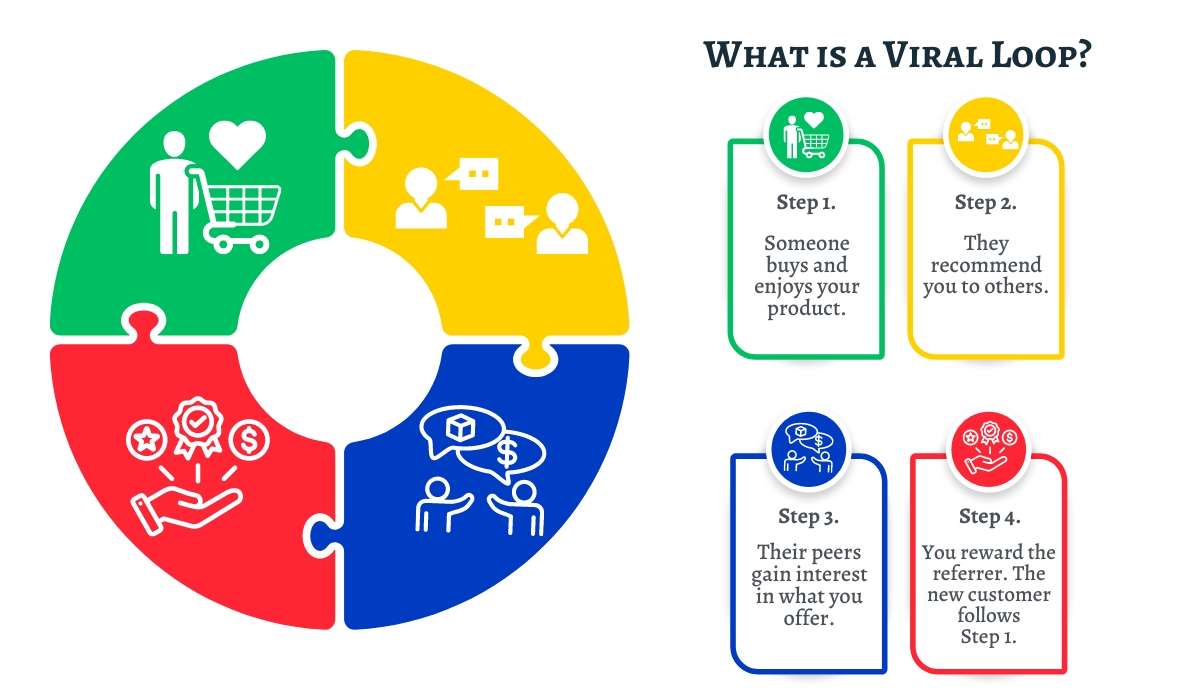
Specialized tools can significantly simplify the process of implementing referral strategies for your pre-launch campaign. Platforms like Viral Loops offer comprehensive solutions designed specifically for creating and managing powerful referral marketing programs with minimal effort.
Incentivize early adopters with reduced prices, VIP service, or special rewards for pre-orders. This creates urgency while securing revenue before launch and encouraging referrals.
These supporters become your most vocal advocates when you officially launch.
- Crowdfunding
Similar to pre-orders, crowdfunding generates revenue before launch while building community.
People take pride in helping create something new and are likely to tell friends about their contribution. Platforms like Kickstarter and Indiegogo also provide built-in marketing tools to expand your reach.
- Behind the Scenes and Teasers
Share the development process through photos, videos, or stories to make people feel like insiders.
Pre-launch teaser ideas include close-up product shots, silhouettes with “coming soon” text, or short video snippets that highlight problem-solving features without revealing everything.
Royal Enfield successfully used this approach when teasing their new motorcycle with partial images that sparked conversation among enthusiasts.
- Create an Explainer Video
In 2008, an explainer video helped Dropbox gain 70,000 new subscribers in 24 hours. A well-crafted video that clearly demonstrates your solution can significantly boost awareness and interest.
These videos work especially well when embedded on your landing page and shared across social channels.
People love free stuff. Make entry requirements engaging and include multiple ways to increase chances of winning when shared with friends. These campaigns build your email list and create social media momentum.
- Content Marketing
Maintain a steady flow of relevant content about your product. Reach out to established bloggers for reviews or guest posting opportunities to leverage their existing audiences. This content marketing approach builds authority in your space while driving qualified traffic to your pre-launch page.
- Visual Content
Create shareable infographics that engage viewers and spark conversation. Visual content is processed faster and shared more frequently than text alone, making it ideal for building awareness during the pre-launch phase.
5. Leverage influencer marketing and communities
Influencer marketing creates authentic connections with potential customers through trusted voices in your industry.
Micro-influencers (people with 10,000-50,000 followers) often deliver better results than celebrity endorsements because their recommendations feel more genuine and their target audience is more focused.
Recommended reading: Referrals Reinvented: Leveraging Nano and Micro-Influencers for Max Impact
Fitness influencers, fashion bloggers, and vloggers can significantly amplify your message when they authentically connect with your offering.
To build hype through influencers and raise awareness for your new business or product, consider working with micro-influencers who often deliver better results than celebrity endorsements.
Healthish water bottles gained traction by sending products to influencers who shared genuine experiences with their bottle that tracks hydration—this strategy case study Healthish demonstrates how a pre-launch strategy case can drive substantial growth.

Co-founders Emily Chong and Nathan Chan turned this influencer approach into a cornerstone of their million-dollar brand, showing how influencers can drive sales with authentic product demonstrations.
Look beyond traditional influencer posts to more integrated partnerships. Co-creation opportunities, takeovers of your social channels, or behind-the-scenes access can generate more authentic engagement than standard sponsored content.
BeautyByCarla featuring Carla Stevenné regularly appears on Amazon Live with their dedicated fanbases broadcasting custom product demonstrations. This approach creates interactive opportunities to showcase products before official release.
Connect with niche communities where your target audience already gathers. These focused groups provide direct access to passionate potential customers who share specific interests related to your product.
Image Skincare successfully targeted 1,000 members of PopSugar’s Dabble beauty product community to promote its serum. While only 13% knew the brand before, 96% said they’d recommend the product afterward, demonstrating the power of focused community outreach.
6. Boost visibility with paid advertising and PR
Paid advertising provides a scalable way to test campaigns and get immediate results for your pre-launch marketing.
Platforms like Facebook and Instagram offer excellent targeting options at reasonable costs, making them ideal for reaching potential customers with specific interests related to your product or service.
Modern e-commerce platforms provide marketing automation tools that can help streamline your advertising efforts. This testing process informs not just your pre-launch strategy but also your post-launch marketing approach.
Audio advertising reaches audiences when visual ads cannot—while driving, exercising, or completing tasks. Platforms like Spotify and podcast networks offer targeted options based on listener interests and behaviors.
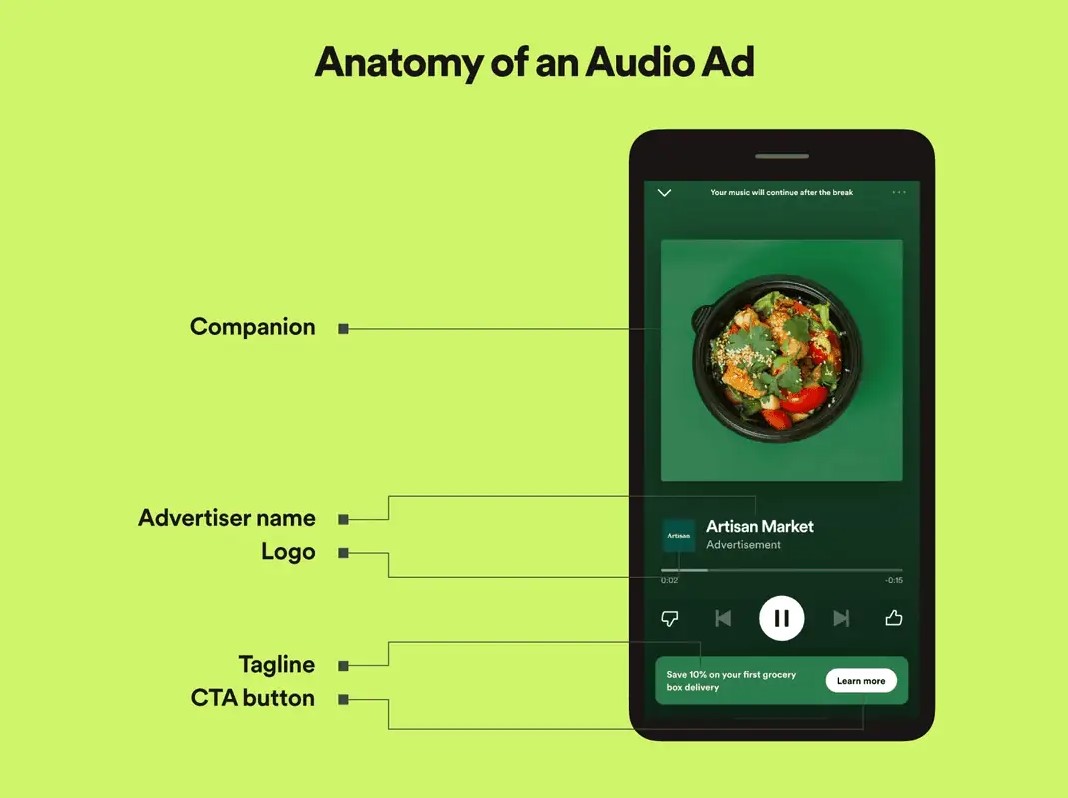
Create audio ads that intrigue rather than explaining every product detail. Focus on the core problem you solve and include a simple call-to-action directing listeners to your landing page. Run audio ads to capture attention in less competitive audio spaces.
When running a pre-launch campaign, getting media coverage can significantly amplify your reach. Create a press kit that makes it easy for journalists and bloggers to write about your coming launch and your new business or product.
Your press kit should include your company background, founder information, product details, high-quality images, and FAQs. Beer brand Impossibrew demonstrates this well with their dedicated press page containing their story and professional photos for media use.
Distribute your press kit to relevant industry publications with a compelling angle about what makes your product or service newsworthy. Are you solving problems in an innovative way or disrupting an established industry?
This approach can generate valuable coverage ahead of your product launch that reaches audiences you might not reach through paid advertising alone.
7. Build virality into your product design
Companies like Dropbox, Hotmail, and Snapchat acquired millions of users with minimal marketing spend by integrating virality into their core product experience.
This approach, sometimes called “growth hacking” (making sharing a natural part of using your product), creates a self-sustaining growth engine that continues working long after your initial marketing efforts.
A startup’s viral growth depends on the “viral coefficient” (the number of new users each existing user generates). With a coefficient above 1.1, you can achieve exponential growth as each user brings in more than one new user on average.
This mathematical approach to growth means that even small improvements in your viral mechanics can have massive long-term impacts on your user acquisition.
When designing your product, consider how to incentivize sharing and make it valuable for both the sharer and recipient. This built-in virality can be one of your most powerful pre-launch marketing techniques and continue driving growth long after launch.
Think about natural sharing moments within your product experience—when users achieve something, complete a milestone, or discover value they want to share with others.
8. Get your team ready
Prepare for increased traffic and interest by ensuring your team is fully equipped to handle launch day challenges.
The transition from pre-launch to active selling requires everyone to be on the same page, and proper preparation can make the difference between a smooth launch and a chaotic scramble.
- Learn the Product: Everyone should be expert users who can explain features clearly and confidently.
- Make a List of FAQs: Anticipate common questions to relieve customer service workload. Consider questions about pricing, features, compatibility, shipping, refunds, and technical support. This pre-launch marketing FAQ approach ensures the more prepared answers you have, the more professional and responsive your team will appear.
- Practice Product Demo and Pitch: Team members should confidently demonstrate key benefits in a concise, compelling way. Regular practice sessions help refine the presentation and identify potential objections that might arise.
- Prepare the Sales Process: Establish a streamlined journey for converting interested prospects into customers. Map out each touchpoint to ensure a smooth experience from initial interest to purchase completion. This includes having payment systems tested, follow-up email sequences ready, and onboarding processes clearly defined.
9. Set up goals and metrics
“If you can’t measure it, you can’t improve it.” When setting up your pre-launch marketing strategy, establish clear goals that follow the SMART framework.
This systematic approach ensures your efforts are focused and measurable, giving you concrete benchmarks to work toward.
- Specific
- Measurable
- Attainable
- Relevant
- Time-based
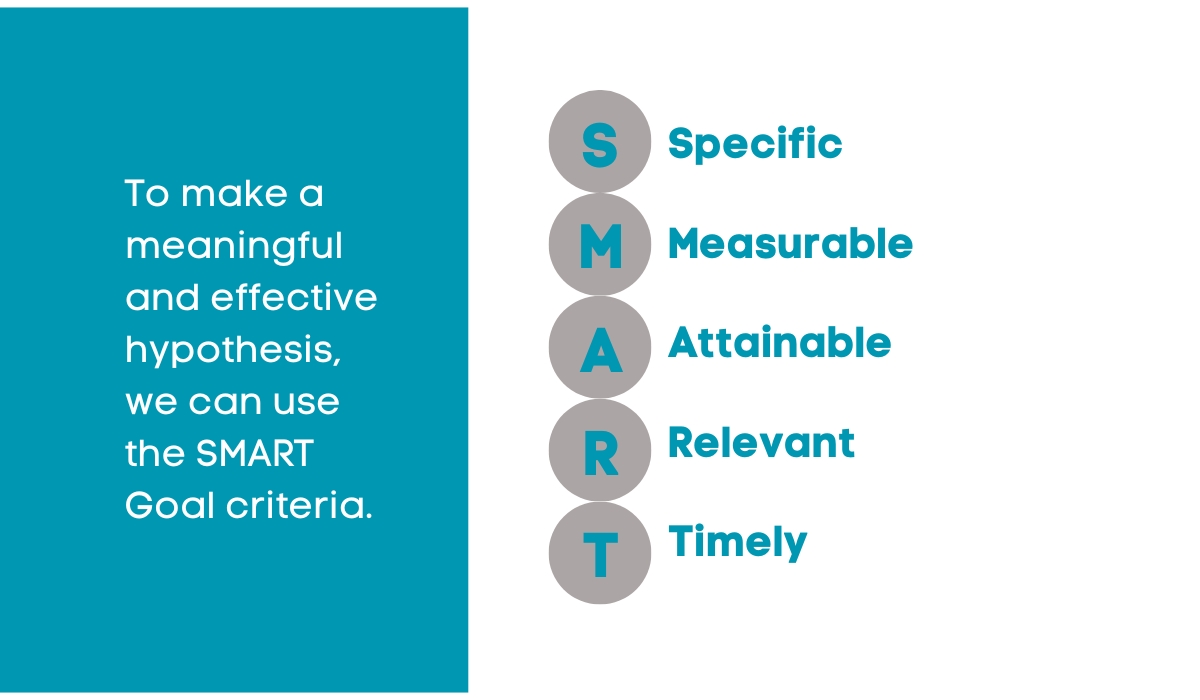
Example goals might include: “We will have 50 active subscriptions by the end of the month following launch” or “Within a week after launch, we will see five review posts about our product.”
Having these concrete targets helps your team focus efforts and provides clear benchmarks for success.
Track key metrics like conversion rates from your landing page, social media engagement rates, email open rates, and referral program participation to understand what’s working and what needs adjustment.
10. Create memorable launch experiences
When you throw a pre-launch party, you transform your upcoming launch from a transaction into a celebration that generates excitement and creates memorable brand experiences.
These events, whether virtual or in-person, create unity and enthusiasm that’s difficult to achieve through other marketing channels.
AMD demonstrated this effectively when showcasing their new Ryzen processors.
Their exclusive event featured live demonstrations, expert presentations, and hands-on experiences with purple LED lights glowing throughout the venue, creating an atmosphere that generated buzz among attendees and online viewers.
The event didn’t just inform people about the product—it made them feel part of something special.
Consider hosting virtual events if budget or logistics are concerns. Live streams, webinars, or online launch parties can be just as effective at building community and excitement.
Interactive elements like Q&A sessions, live demos, or exclusive reveals during the event help maintain engagement and create shareable moments that extend your reach beyond the initial attendees.
When you throw a pre-launch event, remember that tips for a successful experience include focusing on creating authentic connections with attendees and providing value beyond just product promotion.
11. Leverage launch day momentum
When launch day arrives, maximize your exposure and manage the increased interest with these carefully coordinated tactics:
Go all out on social media, joining relevant communities and notifying followers that your product is finally available. Share excitement and create a sense of event around your launch to encourage immediate action. Post behind-the-scenes content, team celebrations, and real-time updates to make followers feel part of the journey.
Avoid scheduling conflicts with major industry events that could overshadow your launch. If possible, coordinate your launch with relevant conferences or trade shows to benefit from increased attention in your space.
Research your industry calendar to find optimal timing when your target audience will be most receptive to new product announcements.
Ensure your landing page transitions smoothly from pre-launch to active selling with a compelling message and clear call-to-action.
Make the purchasing process as frictionless as possible, removing any barriers that might prevent interested visitors from becoming customers. Test all payment systems, shipping calculations, and checkout flows before launch day.
Update social media with milestone achievements (first sale, 100th customer, etc.) and express gratitude to supporters who helped you reach launch day.
These updates create momentum and social proof that encourages others to purchase. Share customer testimonials, user-generated content, and success stories as they come in.
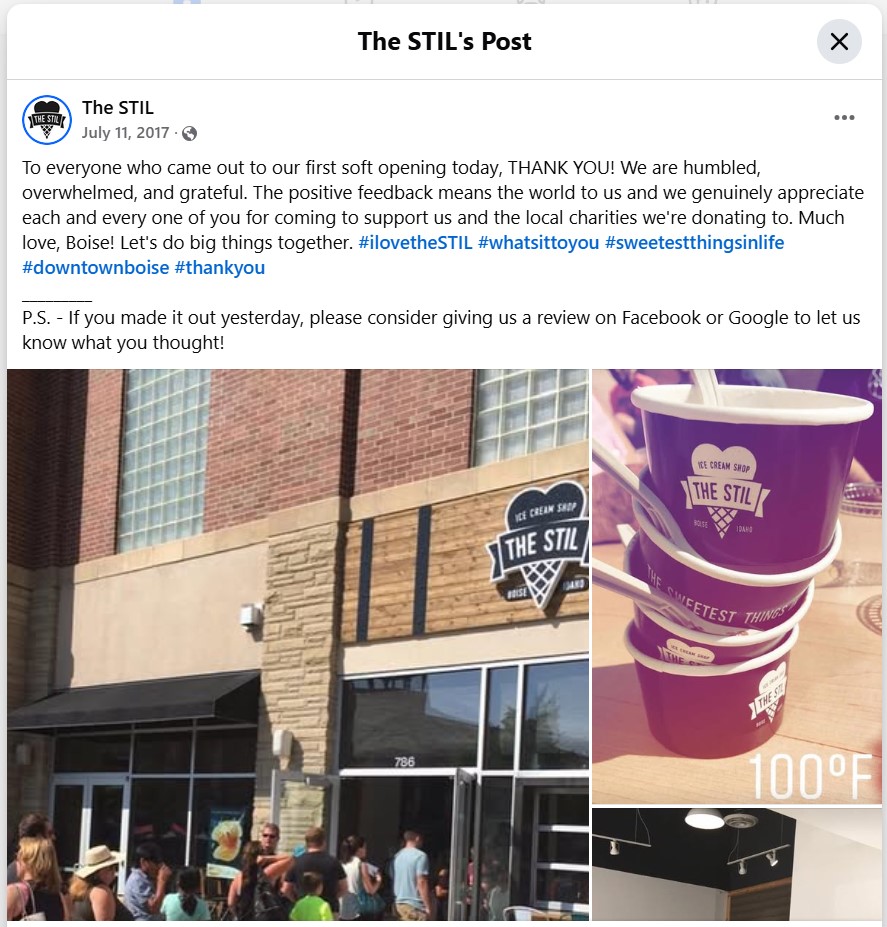
12. Choose your post-launch actions carefully
After launch, the real work begins. Track sales performance and continue refining your product and marketing based on new data. The post-launch phase is when you transform initial customers into long-term advocates and build sustainable growth.
- Collect feedback
Listen for customer pain points and analyze usage data to identify areas for improvement. Actively seek input through surveys, interviews, and monitoring social mentions.
Pay attention to both what customers say and what they do—sometimes behavior patterns reveal insights that direct feedback doesn’t capture.
- Watch for patterns
Categorize feedback into relevant themes (churn, conversion, feature requests, etc.) to identify the most significant opportunities for enhancement.
Look for recurring issues or requests that might indicate fundamental problems or missed opportunities in your offering.
- Improve
Make data-driven adjustments to enhance the customer experience based on what you learn.
Prioritize changes that address the most common issues or have the greatest impact on satisfaction. Quick wins can build momentum while you work on larger improvements.
Create a systematic approach to nurturing your customer relationships and expanding your reach through satisfied users who become brand advocates.
Monitor key performance indicators like customer acquisition cost, lifetime value, retention rates, and Net Promoter Score to understand the long-term health of your business. Use these insights to refine your approach and plan for future product releases or market expansion.
Final Thoughts
Pre-launch marketing aims to make your earliest supporters feel special and build anticipation before your product hits the market. When executed properly, a smart pre-launch strategy creates a ready pool of buyers eager to purchase on launch day.
By starting your marketing efforts weeks or months before launch, you can test messaging, build relationships, and gather valuable feedback that improves your final offering.
Whether you’re launching through established platforms or building your own sales channels, these pre-launch tactics help create the foundation for long-term success.
Remember that the goal isn’t just to drive initial sales but to establish lasting connections with customers who will support your brand’s growth over time. Invest the time and effort in a thoughtful pre-launch campaign, and you’ll reap the rewards long after your official launch.

1 comment
Thank you Apostle,
Your have provided this blog post with such valuable insights and well established strategies for pre launching the product.
I literally haven’t seen such a matured and nicely written blog anywhere on the internet.
Thanks again.